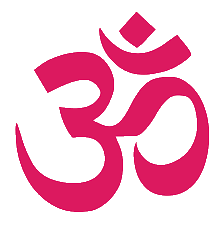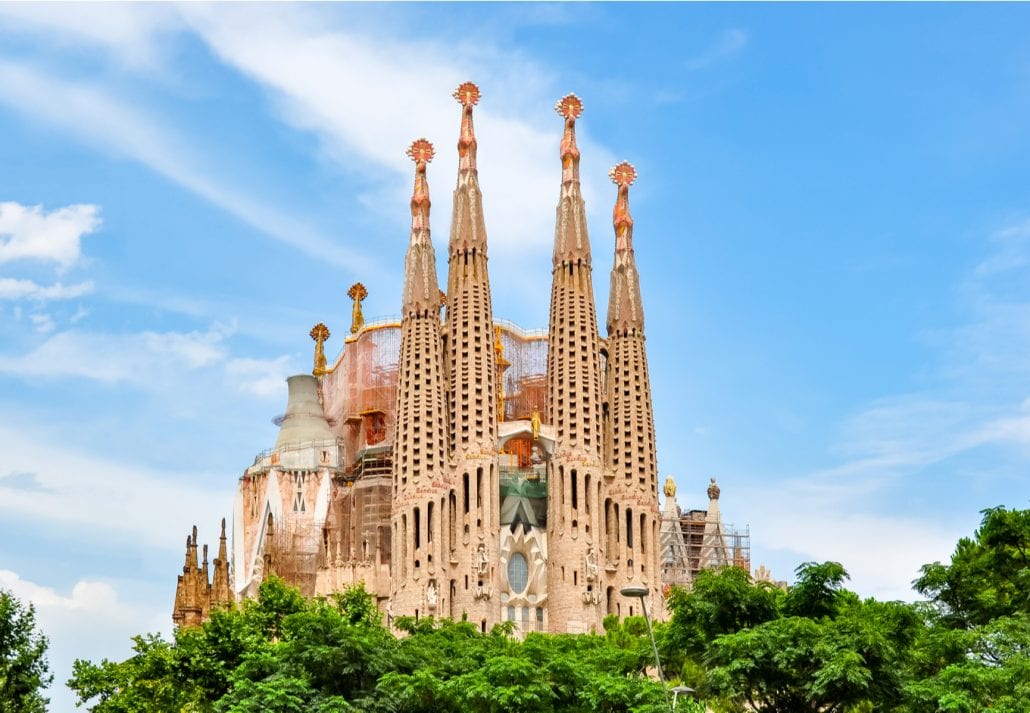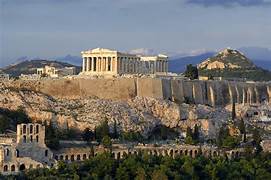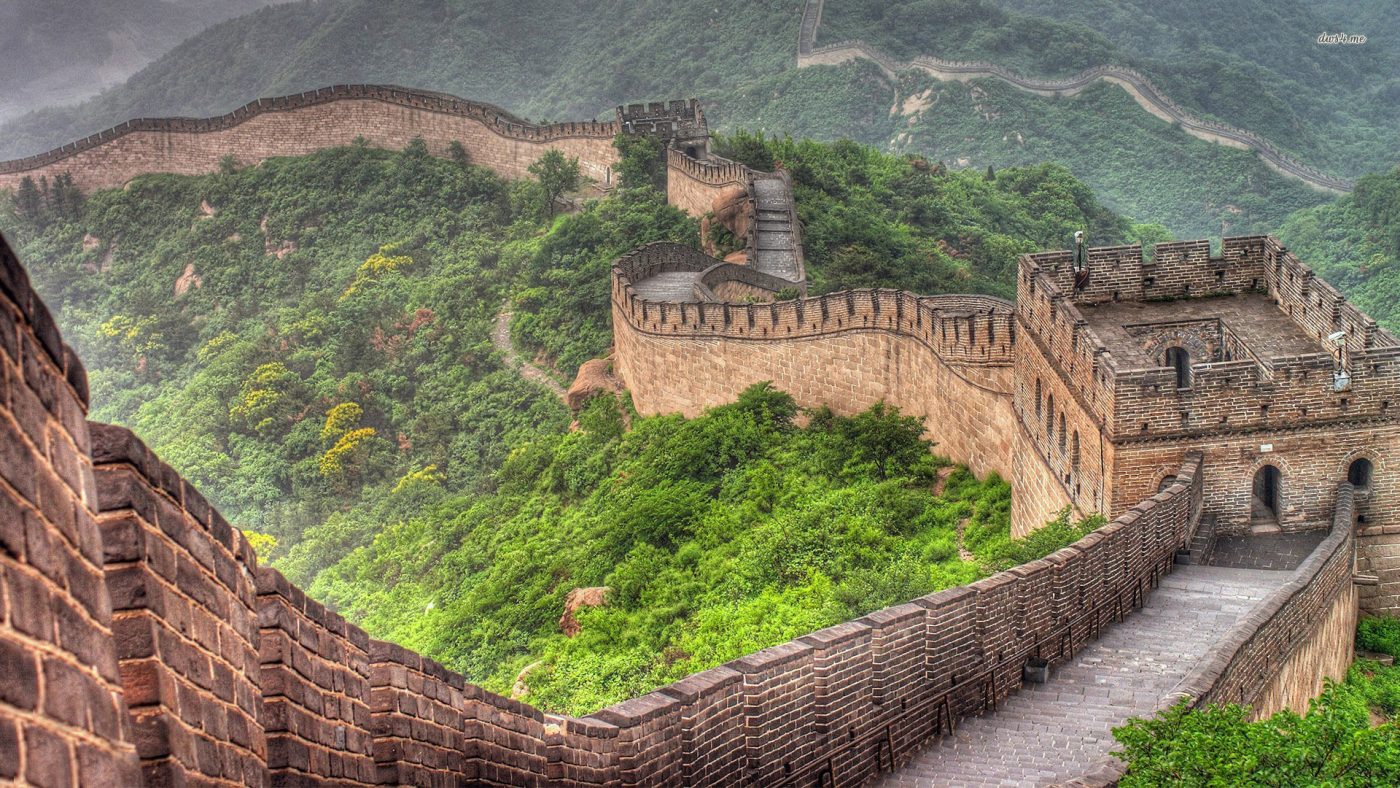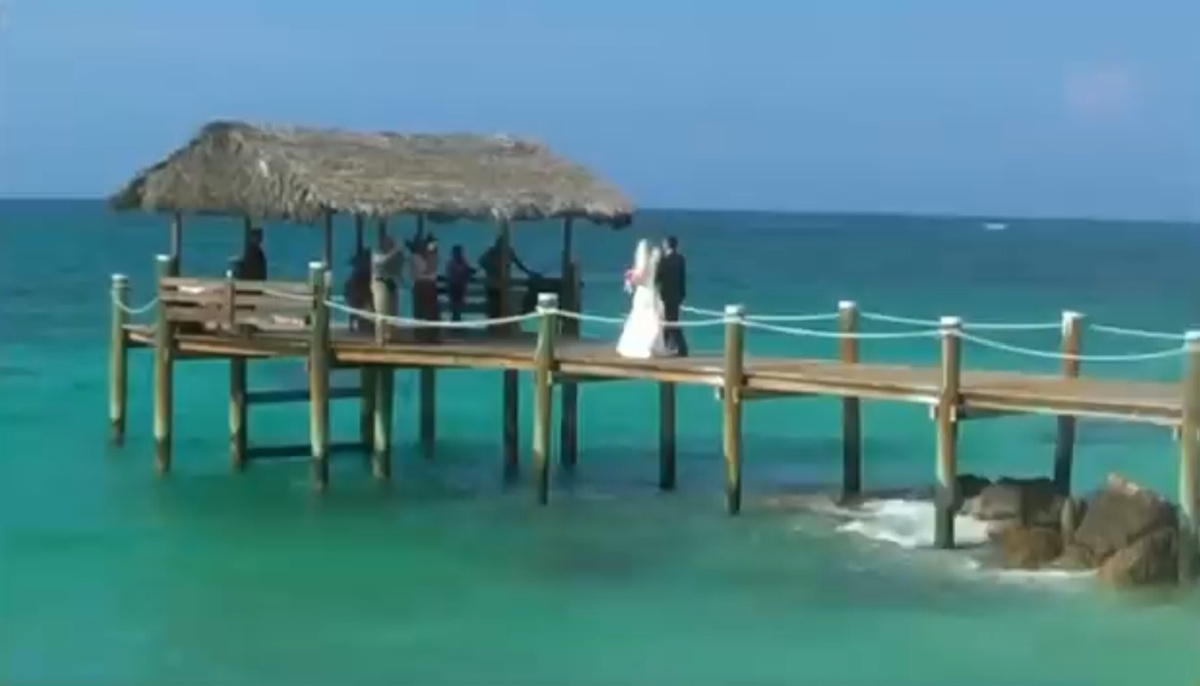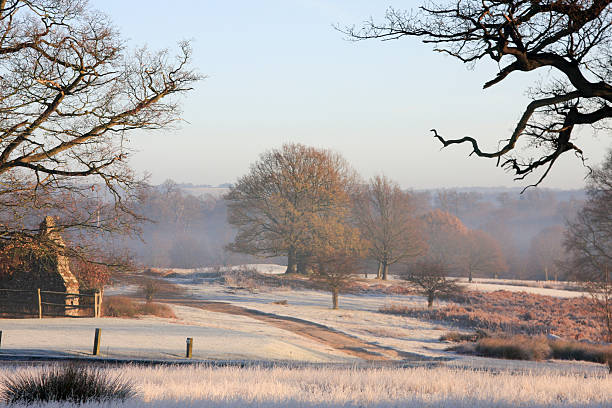March 2008. The plane descended through clouds that seemed too perfect to be real, revealing an impossible palette of blues and greens spread across the Indian Ocean. This was Seychelles – a name that had always sounded more like a dream than a destination. As the wheels touched down on Mahé, I knew immediately that some places on Earth exist in a different reality, where the colors are more vivid, the air is sweeter, and paradise isn't just a concept – it's an address.
Mahé: Where Mountains Meet the Ocean
Mahé surprised me from the first moment. This wasn't just another tropical island – it was a vertical wonderland where granite mountains rose dramatically from turquoise waters, creating a landscape that felt more like fantasy than geography. The main island of Seychelles pulses with a unique energy, a blend of Creole culture, colonial history, and natural beauty that refuses to be categorized.
"Paradise isn't a place you visit – it's a place that changes how you see the world forever."


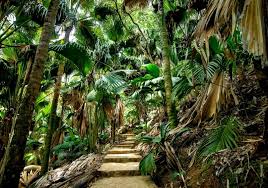

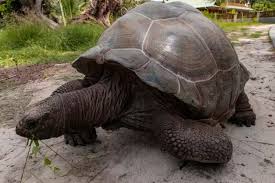
Victoria: The World's Smallest Capital with the Biggest Heart
Victoria, the capital city of Seychelles, holds the charming distinction of being one of the world's smallest capitals. You could walk across it in twenty minutes, yet it contains everything that makes Seychelles special – the convergence of African, Asian, and European influences creating something entirely unique.
The iconic Clock Tower, a miniature replica of London's Big Ben, stands in the heart of the city like a Victorian postcard dropped into tropical paradise. Sir Selwyn Selwyn-Clarke Market exploded with colors, sounds, and scents – vendors selling fresh fish still glistening from the morning catch, mountains of tropical fruits I couldn't name, and spices that filled the air with promises of Creole cuisine.
- The Clock Tower: Colonial charm in a tropical setting
- Local Markets: Fresh fish, exotic fruits, aromatic spices
- Creole Culture: A beautiful fusion of continents
- Walkable Paradise: Explore the entire capital on foot
- Friendly Locals: Warm smiles and warmer welcomes
What struck me most about Victoria wasn't its size but its authenticity. This wasn't a capital city trying to impress tourists with grand monuments or sprawling boulevards. It was simply itself – genuine, unpretentious, and wonderfully alive with the rhythm of island life.
Praslin: The Garden of Eden Revealed
The ferry ride to Praslin cut through water so clear you could see the ocean floor rushing beneath the boat. Arriving on Seychelles' second-largest island felt like discovering a secret that nature had been keeping for millennia. Praslin moves at a different pace – slower than Mahé, more intimate, as if the island itself is whispering rather than speaking.
The Vallée de Mai, a UNESCO World Heritage site, lives up to its reputation as the possible location of the biblical Garden of Eden. Walking through the primeval forest, surrounded by the enormous Coco de Mer palms with their suggestively-shaped nuts, felt like stepping back to a time before humans walked the Earth. The ancient palms formed a cathedral of green overhead, their fronds filtering the tropical sun into shafts of golden light that danced across the forest floor.
Grand Anse: Where the Ocean Meets Forever
Grand Anse Beach on Praslin is what beaches dream of becoming when they grow up. The crescent of powder-white sand stretched endlessly, bordered by granite boulders that looked like they'd been placed by ancient gods with an eye for dramatic composition. The Indian Ocean rolled in with gentle authority, its waves the perfect temperature – neither too warm nor too cool – as if nature had consulted a committee on optimal swimming conditions.
I spent hours doing absolutely nothing on Grand Anse, and it was one of the most productive afternoons of my life. Sometimes paradise's greatest gift is permission to simply exist – to feel the sand between your toes, to let the sun warm your skin, to listen to the rhythm of waves that have been keeping time since long before we invented clocks.
The Helicopter Ride: A Bird's Eye View of Paradise
The helicopter ride to La Digue was the kind of experience that redefines your understanding of beauty. As we lifted off, Praslin dropped away beneath us, revealing patterns and colors invisible from ground level. The islands of Seychelles, scattered across the Indian Ocean like emeralds on blue silk, suddenly made sense as a complete picture rather than individual destinations.
From the air, the ocean revealed its true complexity – bands of turquoise, navy, cobalt, and aquamarine separated by the shadows of coral reefs and the silver flash of sandbars. The granite islands rose from the water like the tops of submerged mountains, which, geologically speaking, is exactly what they are. Flying over this archipelago felt less like transportation and more like revelation.
La Digue: The Island Time Forgot
Landing on La Digue was like stepping through a portal to a simpler time. Cars are rare here – the island belongs to bicycles, ox-carts, and people willing to walk. The pace of life isn't just slower; it's fundamentally different. La Digue doesn't rush because it has nowhere to be and all the time in the world to get there.
But everyone comes to La Digue for one reason: Anse Source d'Argent, quite possibly the most photographed beach in the world. And standing there, I understood why. The beach isn't just beautiful – it's surreal. Massive granite boulders, smoothed by millennia of waves and weather, create a landscape that belongs in a Salvador Dalí painting. They frame the turquoise water in impossible ways, creating hidden coves and natural sculptures that change with every angle.
The pink-tinged sand, the crystal-clear shallow waters, the palm trees leaning at artistic angles – it's almost too perfect. This is the beach that appears on postcards, screensavers, and travel magazines around the world. And yet, even knowing it's famous, even recognizing it from a thousand photographs, nothing prepares you for the actual experience of being there.
Swimming in Seychelles' Soul
What makes Seychelles different from other tropical paradises isn't just the granite geology or the perfect beaches. It's something more subtle – a sense that these islands have maintained their dignity despite the arrival of tourism. The Seychellois people haven't simply preserved their culture for tourist consumption; they live it authentically.
The Creole language, sung rather than spoken. The cuisine that blends influences from three continents into something entirely its own. The music that drifts from beach bars as the sun sets. The easy smiles and genuine warmth. These aren't performances – they're the natural expression of island life.
As my time in Seychelles drew to a close, I realized that paradise is a complicated concept. It's not just about perfect beaches and turquoise water, though Seychelles certainly has both. It's about finding a place where humans and nature have reached a kind of agreement – where development hasn't destroyed beauty, where tourism hasn't erased authenticity, where you can still find granite boulders and palm trees arranged in compositions too perfect to be coincidental.
March 2008 in Seychelles taught me that some places on Earth still hold magic. Not the manufactured magic of theme parks or resorts, but the real thing – the kind that has been here for millions of years and will be here long after we're gone. The kind of magic that changes you, subtly but permanently, reminding you that the world is more beautiful than you remember and more worth protecting than you realized.
Paradise exists. I've been there. It's called Seychelles, and it's waiting for you among the granite islands of the Indian Ocean.
